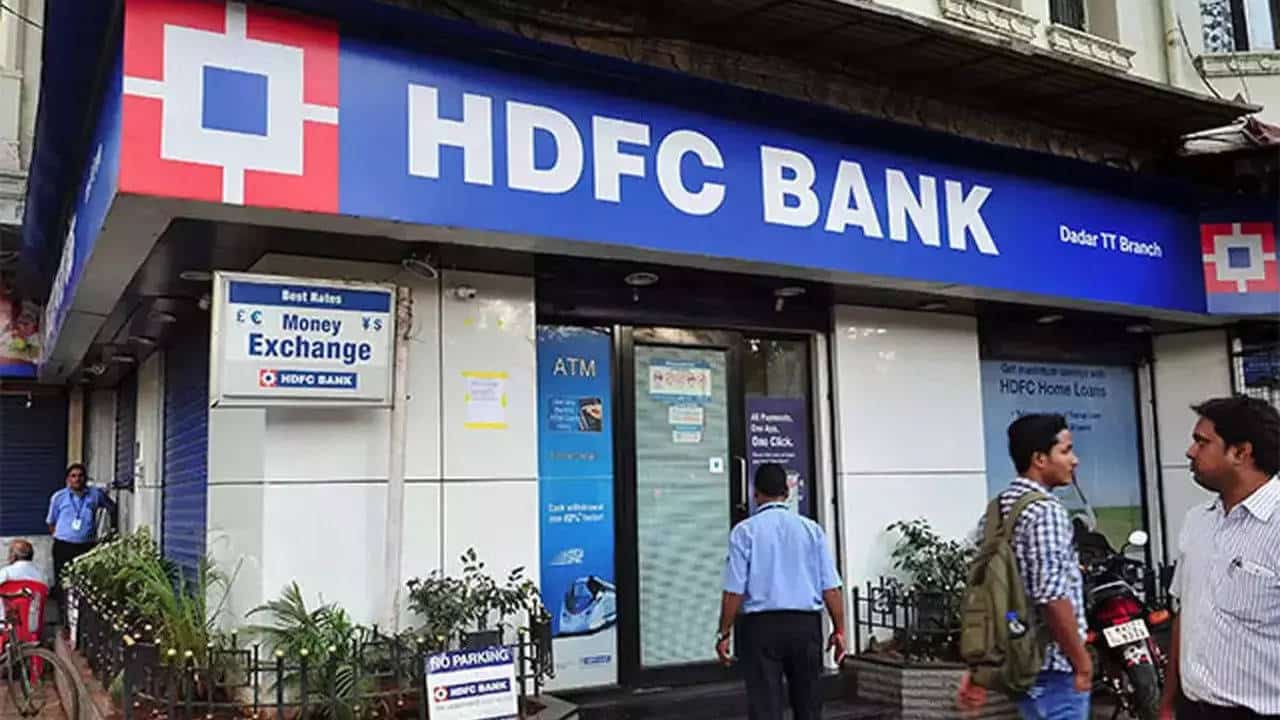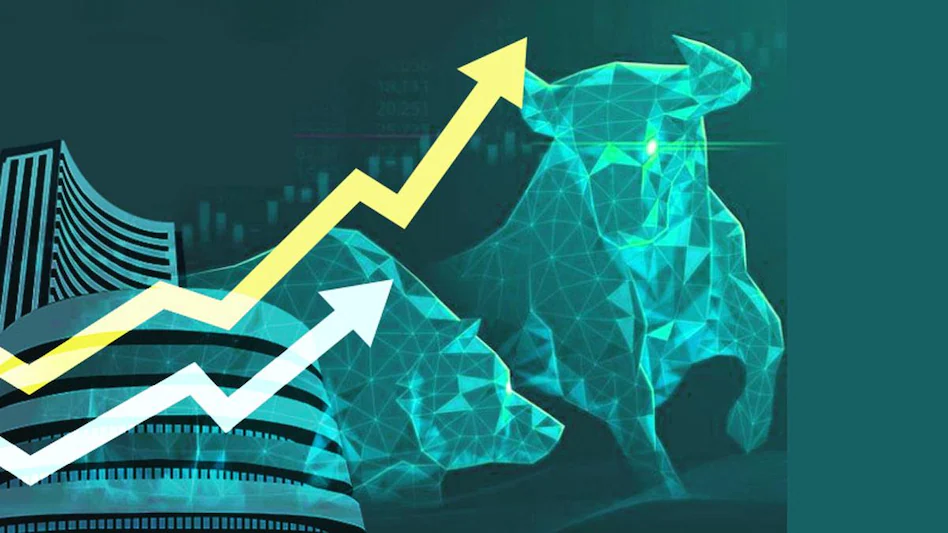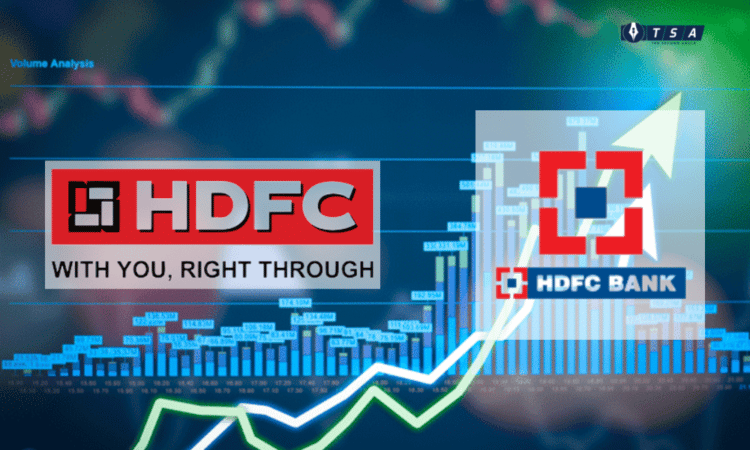One of the biggest deals in the financial sector was struck on Monday when HDFC Ltd. and HDFC Bank announced their merger. As per the transaction structure, HDFC Limited, India’s largest housing finance company with Rs 5.26 trillion in AUM and a market capitalization of Rs 4.44 trillion, will merge with HDFC Bank, India’s largest private sector bank by assets with a market capitalization of Rs 8.35 trillion. The decision was so sudden and secretive that only the 7 of the inner circle knew about it and the banners of the merger went for printing after midnight.
To better understand the merger and its urgency in the current scenario, you first have to be clear in distinguishing between HDFC Limited and HDFC Bank.
Difference between HDFC Limited and HDFC Bank?

Housing Development Finance Company (HDFC) is the original company founded by HT Parekh in the 1970s. This is a “housing finance company” (HFC) that is registered with NHB (National Housing Bank) and regulated by the RBI. Because it is an HFC, it only offers home loans, mortgages, loans against property, loans to housing developers, and so on, and no other loan products. It is the country’s largest HFC, accounting for nearly 40% of the home loan market.

In contrast, HDFC Bank is a private bank regulated by the RBI, similar to ICICI Bank or Axis Bank. It holds a full banking license, allowing it to accept deposits, manage savings/current/deposit accounts, and provide a variety of loan products to consumers, SMEs, and corporations. It is a division of HDFC Ltd. HDFC Bank provides credit cards, personal loans, car loans, business loans, and other services, but does not provide home loans (to not compete with its parent).
A spike in the shares after the merger

According to the proposed agreement, HDFC Bank will be 100% owned by public shareholders, with existing HDFC Limited shareholders owning 41% of HDFC Bank. According to the share exchange ratio, HDFC shareholders will receive 42 equity shares of the combined company for every 25 equity shares held. On Monday, HDFC Bank shares rose 14 percent on the benchmark indices, while HDFC shares rose more than 16 percent on the NSE Nifty and BSE Sensex.
Why is this “a merger made in heaven”?
India wants to expand its banks to a global scale, which will benefit Indian banking, particularly private sector banks.
“The proposed transaction would result in a large balance sheet and net worth, allowing for a greater flow of credit into the economy.” It will also allow for the underwriting of larger ticket loans, such as infrastructure loans, which are in high demand in the country, according to the company.
While HDFC benefits from lower funding costs as a result of the merger, HDFC Bank gains entry into the high-potential housing segment, as well as improved, cross-sell opportunities. 70% of HDFC customers do not bank with HDFC Bank, and a similar proportion of HDFC Bank customers do not have a mortgage, implying a significant cross-sell opportunity within the existing customer base.
Why are the gains of HDFC Bank in this merger?
Following the merger, HDFC Bank customers will have seamless access to mortgages as a core product, and the long-term mortgage relationship will be used to offer a variety of credit and deposit products made possible by better insights across the customer lifecycle.
This will improve the value proposition and customer experience for all combined entity customers. HDFC Bank is a private sector bank with approximately 6.8 crore customers. The bank platform will provide a diverse low-cost funding base for the acquisition of a long-term loan book. HDFC Bank will benefit from a secure and long-term product portfolio, resulting in a strong asset portfolio mix for the bank. The merger of HDFC and HDFC Bank is entirely complimentary.
It is a “win-win situation” for both the entities
While this will improve the company’s ability to cross-sell products to a larger customer base, it will also help them leverage distribution across urban, semi-urban, and rural geographies. The combined balance sheet of Rs 17.87 trillion and net worth of Rs 3.3 trillion will allow for larger-scale underwriting.
Also, Checkout: Aam Aadmi faces difficult times as the Ukraine war is about to drive up costs in India
















